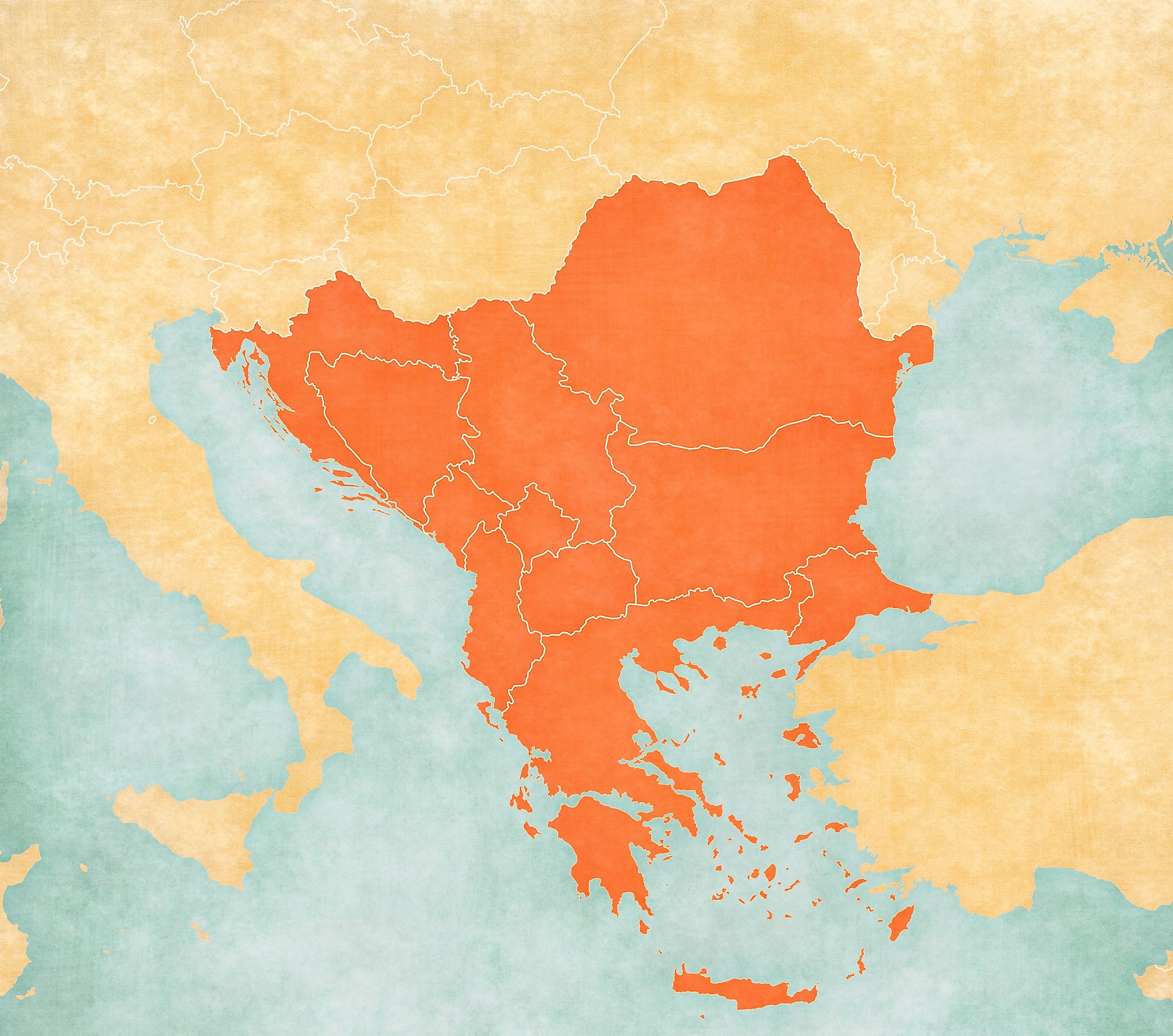
Balkan Peninsula
Also referred to as the Balkans, the Balkan Peninsula is a geographical and cultural region in the southeastern part of Europe. The region is named after the Balkan Mountains that stretch for about 557km from the boundary between Bulgaria and Serbia to Cape Emine on the Black Sea coast. The term ‘Balkan’ has been derived from a Turkish word that refers to a “chain of wooded mountains”. The German geographer August Zeune created the concept of the Balkan Peninsula in 1808.
Geography
The Balkan Peninsula is bounded in the northwest by the Adriatic Sea; in the southwest by the Ionian Sea; in the south by the Aegean Sea and the Mediterranean Sea; and in the northeast by the Black Sea. The Dardanelles and Bosporus Straits separate the Balkan Peninsula from the Anatolian part of Turkey in the east. The northern border of the Balkan Peninsula is defined by the Danube, Kupa, and Sava Rivers.
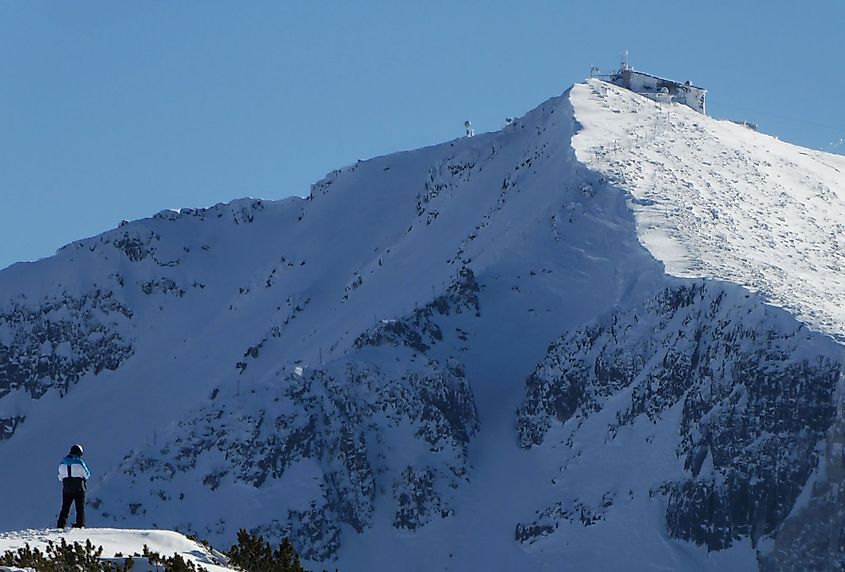
The Balkan Peninsula covers a total area of about 470,000 sq. km and a major portion of the region is occupied by mountain ranges that run from the northwest to the southeast direction. Some of the major mountain ranges in the Balkan Peninsula include the Balkan Mountains, Rila-Rhodope massif, Dinaric Alps, Korab-Sar, Pindus range, Albanian Alps, and the Alps Mountain range. The highest mountain peak in the Balkan Peninsula is the Musala mountain peak, which is situated within the Rila National Park in Bulgaria and rises to an elevation of 2,925m. This highest peak is followed by the other high mountain peaks in the area which include Mytikas at 2,917m in Mount Olympus in Greece and Vihren at 2,915m in Pirin Mountains in Bulgaria.
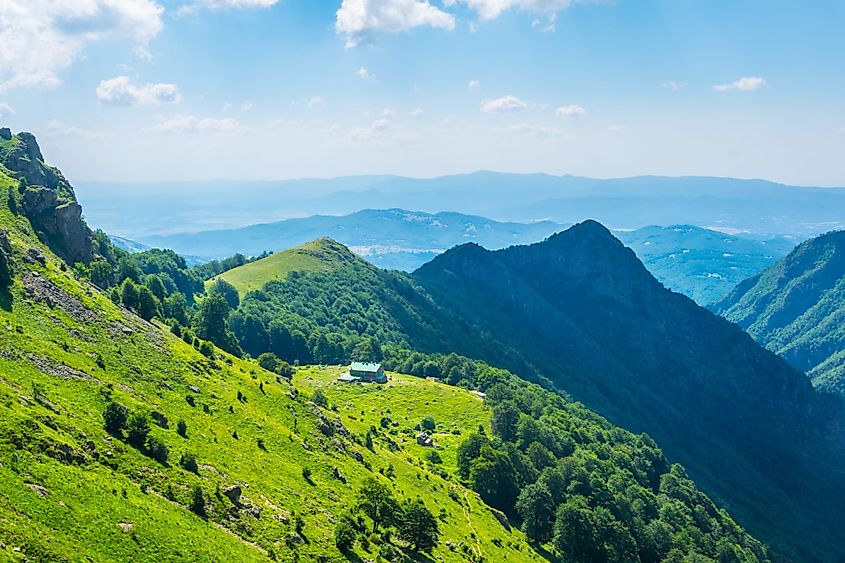
The part of the Balkan Peninsula that faces the Adriatic and Aegean coasts experiences a Mediterranean climate while the part of the peninsula facing the Black Sea coast experiences a subtropical and oceanic climate. The inland parts experience a humid continental climate. The northern portions of the peninsula face frosty and snowy winters and hot and dry summers. The southern parts and coastal areas are covered with evergreen vegetation while the inland areas are covered by woods of oak, spruce, beech, pine, and fir. The land provides critical habitat for several endemic species including insects and reptiles that in turn serve as food for various birds such as raptors and vultures. The soil of the Balkan Peninsula is generally poor except the plains that are covered with fertile soils and natural grass. A large number of minerals including coal, zinc, lead, aluminum, silver, and chromium are found here. Besides these minerals, several metal ores are also found in the peninsula region.
Balkan Countries
The term “Balkan Countries” collectively refers to those countries that are situated entirely or partially within the Balkan Peninsula. However, there is a marked distinction between the Balkan Countries in terms of geographical and political perspective. The countries that are partially located within the Balkan Peninsula include the southwestern part of Slovenia, the Northern Dobruja region of Romania, the central part of Serbia, the city of Trieste and the town of Monfalcone in Italy, the southern mainland of Croatia, mainland Greece and the European part of Turkey. The countries that are entirely located within the Balkan Peninsula include North Macedonia, Kosovo, Montenegro, Bulgaria, Albania, and Bosnia and Herzegovina.
Demographics
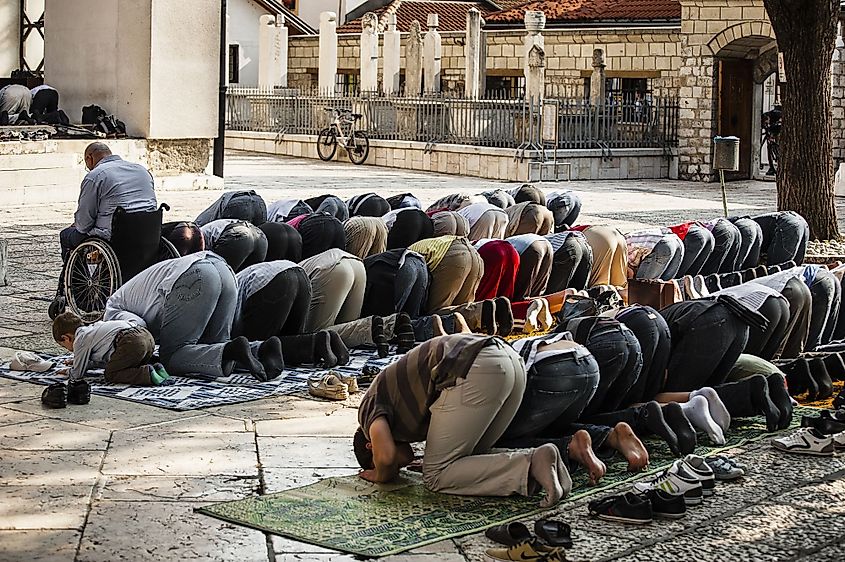
The Balkan Peninsula is inhabited by various ethnic groups including Albanians, Bulgarians, Aromanians, Bosniaks, Gorani, Croats, Greeks, Macedonians, Montenegrins, Serbs, Slovenes, Turks, Romanians, and many other ethnic groups. The peninsula region serves as the meeting point of several religions like Islam, Roman Catholic Christianity, and Orthodox Christianity. The region is also home to numerous Slavic and Romance languages. Other non-Slavic languages of the Balkans include Romanian, Turkish, Greek, and Albanian. Some of the major cities in the Balkan Peninsula region include Sofia in Bulgaria, Athens in Greece, Belgrade in Serbia, Ljubljana in Slovenia, Sarajevo in Bosnia, and Herzegovina, Tirana in Albania, the European part of Istanbul in Turkey.
Brief History
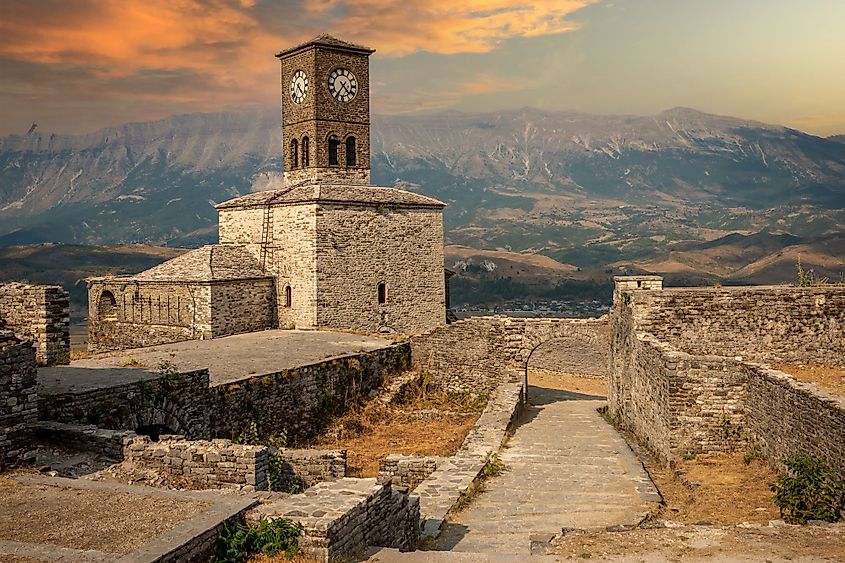
The Balkans have been inhabited since the Old Stone Age and served as a route through which farming cultures spread from the Middle East region to Europe during the Neolithic period. The practice of agriculture and maintaining livestock arrived here from the Fertile Crescent via Anatolia and spread throughout Central Europe through the province of Pannonia. Since ancient times, the Balkan Peninsula region served as home to the various ancient groups such as the Greeks, Thracians, Illyrians, Dacians, Paeonians, etc. The region was later occupied by the Roman Empire. In the 6th century, the Bulgars and Slavs arrived in the region and formed the Bulgarian Empire. During the Middle Ages, the region served as a site for many wars between the Bulgarian Empire and the Byzantine Roman Empire. By the mid-14th century, the Ottoman Turks began their expansion into the Balkans and by the end of the 16th century, the entire Balkan region was occupied by the Ottoman Empire. In 1912-1913, the nation-states of Greece, Montenegro, Serbia, and Bulgaria fought the First Balkan War together against the Ottoman Empire. By the beginning of the First World War, the Ottoman Turks were evicted from the Balkan Peninsula.
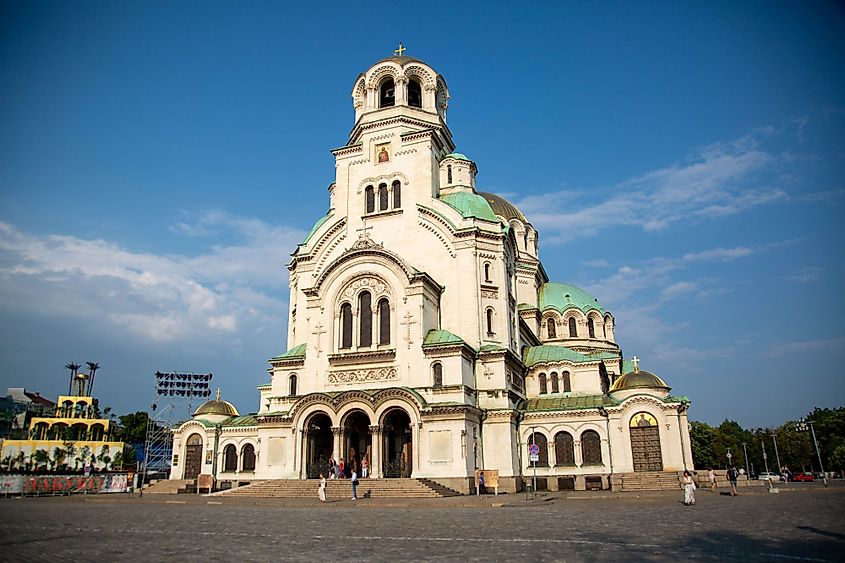
After the First World War began, the Austro-Hungarian Empire took control over the present-day nations of Croatia, Slovenia, Bosnia and Herzegovina. After the dissolution of the Austro-Hungarian Empire, the Croats, the Slovenes, and the Bosnians were freed from their control. In due course, the Kingdom of Serbs, Croats, and Slovenes was formed which later came to be known as Yugoslavia. During the Second World War, the entire Balkan Peninsula was occupied by Nazi Germany. During the Cold War, most of the Balkan countries were under communist rule. In the early 1990s, the communist rule in the Balkans ended, which was followed by the break up of Yugoslavia into six republics. Currently, most of the Balkan countries are members of the European Union while some are also members of NATO.











